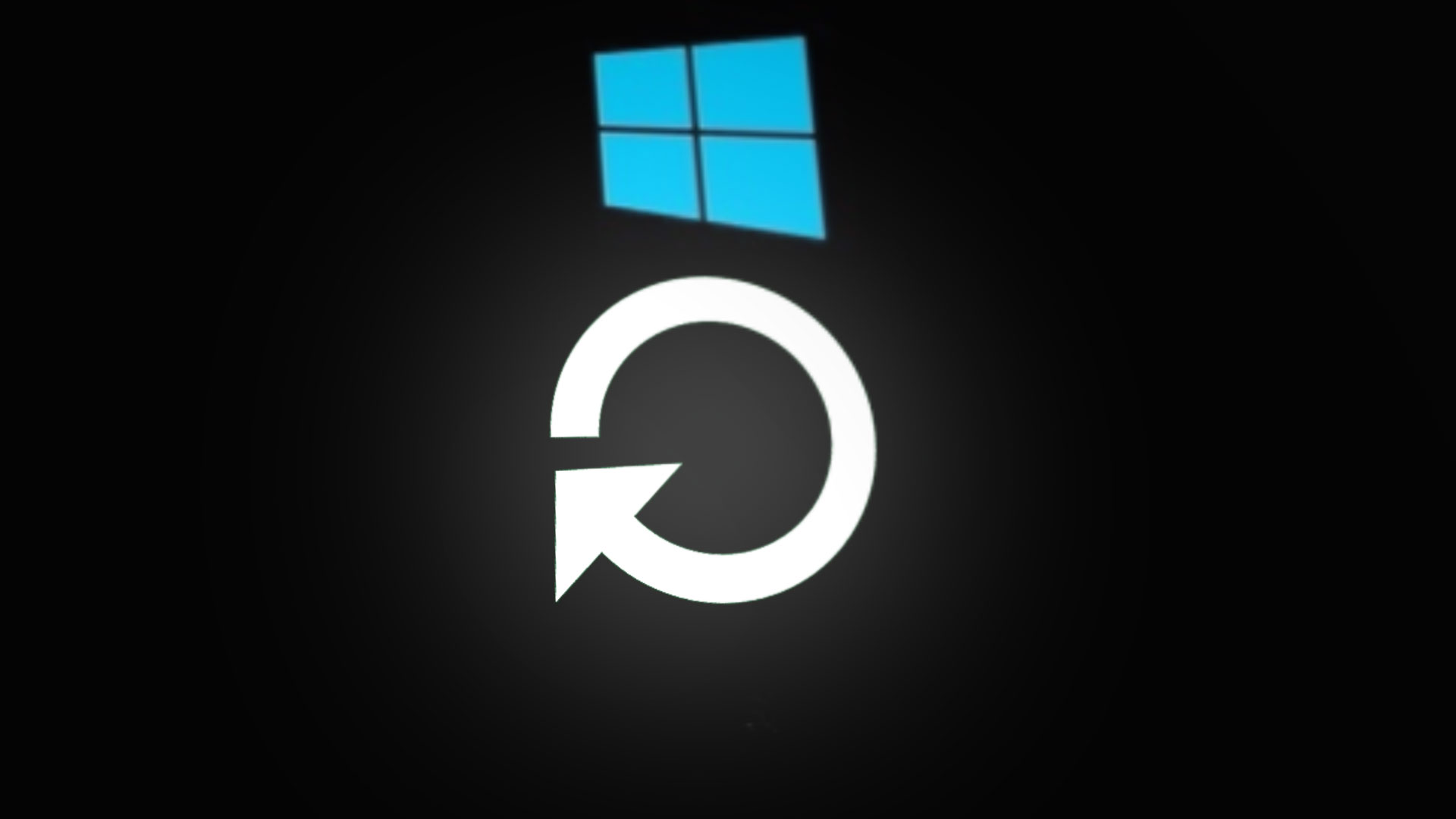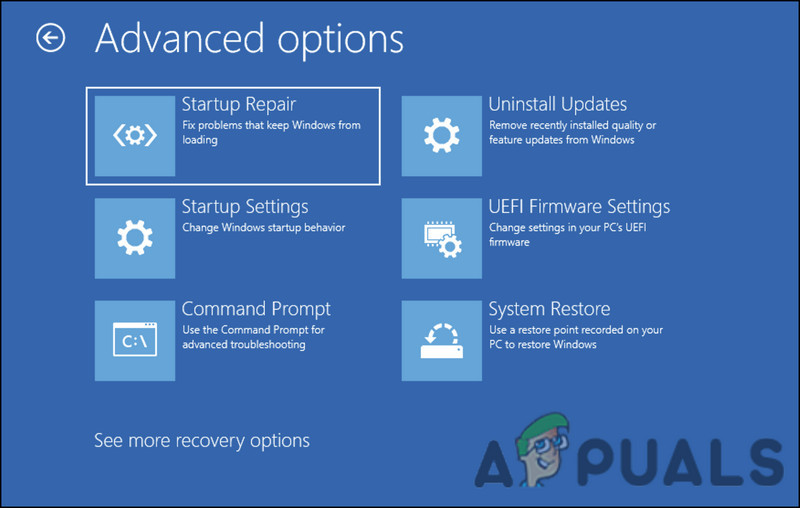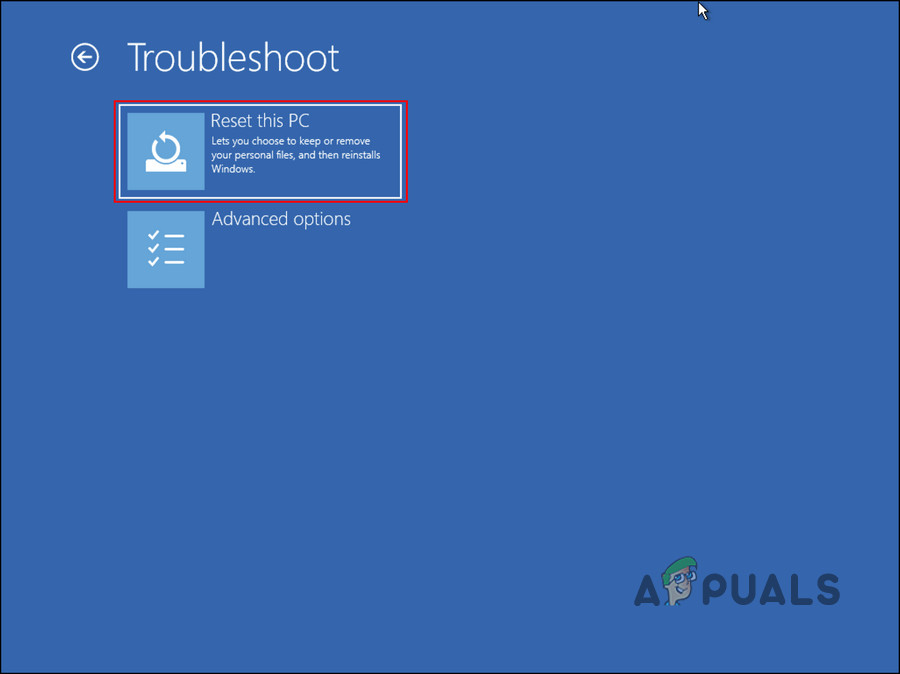Fix: Windows Factory Reset Stuck at 45%
When performing a factory reset on a Windows computer, sometimes the process can get stuck at a certain percentage, such as 45%. When this issue occurs, the computer may freeze or become unresponsive. In some cases, you might see an error message or a spinning wheel on the screen. The reset process might also take much longer than expected, causing frustration.

Temporary glitches or issues within the BIOS (Basic Input/Output System) typically cause a factory reset to become stuck. A potential cause of BIOS-related issues during a factory reset is a misconfiguration of the BIOS settings. It can also occur due to corruption errors within the system. When a system file becomes corrupted, it can cause errors during the reset process, preventing it from completing successfully. This can result from a variety of factors, such as malware infections.
Below, we have discussed the various troubleshooting methods you can try to resolve the issue. Follow the instructions carefully for successful execution.
1. Wait it out.
At times, being patient with the factory reset process can be helpful, especially if it seems stuck at 45%. This is due to the fact that the completion of the reset process may take longer, depending on various factors such as your computer’s hardware speed, the amount of data being erased, and the size of the operating system files to be installed.
In such cases, it is recommended to wait for at least an hour or more, depending on the size of the operating system and the speed of the computer’s hardware, before assuming that the reset process is truly stuck.
However, if the reset process does not show any signs of activity or progress, such as a frozen screen or no disk activity, proceed to the next method below.
2. Disconnect all external devices.
External devices can sometimes interfere with the Windows 10 reset process and cause it to hang or fail.
By disconnecting all external devices from your computer before running the reset process, you eliminate the possibility of any external device interfering with the reset process. This allows the reset process to focus solely on resetting your Windows operating system without any distractions or interruptions from external devices.
3. Run Startup Repair.
Running Startup Repair can be an effective solution for resolving issues that cause a Windows reset to become stuck. By using Startup Repair, you will be able to log in to your PC again to attempt another reset.
Running Startup Repair can also help resolve any issues that may be preventing the reset process from completing successfully. This is because some of the issues that can cause the factory reset to become stuck may also be related to problems with the system files or configurations.
For example, if some critical system files have become corrupted or damaged, they can cause the reset process to fail. Running Startup Repair can help repair or replace these files, allowing the reset process to proceed without any issues.
Here is how you can perform a startup repair:
- Turn on your computer and boot from the installation media that you used to start the factory reset process.
- On the next screen of Windows Setup, select your language preferences.
- Click on Repair your computer at the bottom left of the screen.
- Select Troubleshoot, and then click on Advanced options.
- Choose Startup Repair and follow the on-screen instructions to complete the process.

Startup Repair option
Once the process completes, try resetting your computer again.
4. Use WinRE to reset.
If you have tried waiting long enough, you can also force a restart and boot into WinRE to perform the reset.
WinRE is a built-in recovery tool in Windows that allows users to troubleshoot and fix various problems with their systems. To use WinRE to reset your computer, you will need to access the WinRE environment by booting from the Windows installation media. Once you are in WinRE, you can follow the prompts to initiate a reset and choose the option to remove all personal files, programs, and settings.
Here is how you can do that:
- Turn off your computer using the power button.
- Start your computer and wait for the Windows logo to appear. Once it appears, press and hold the power button to turn off your computer.
- Repeat step 1 two more times. On the third time, allow your computer to boot normally. This will force your computer to enter WinRE automatically.
- On the WinRE screen, select Troubleshoot > Reset this PC.

Reset this PC option - Choose the option to remove everything. This will erase all personal files, programs, and settings on your computer.
- Follow the on-screen prompts to complete the reset process.
- Wait for the reset process to complete. This may take some time, depending on the size of your operating system and hardware.
5. Perform a clean installation of Windows.
If the troubleshooting methods listed above do not work for you, then you can proceed with a clean installation as the last resort.
When the reset process gets stuck, it may be due to a software issue or corrupted files that prevent the process from continuing. A clean installation of Windows will wipe your computer’s hard drive and install a fresh copy of Windows, which means that any corrupted files or software issues that may have been causing the reset process to get stuck will be eliminated.
A clean install, however, will also remove all of your personal files and applications; therefore, you should back up your important data before proceeding. Compared to other fixes, it is a more time-consuming and technical process, so it is important to follow a guide or seek professional assistance if you are unsure.




